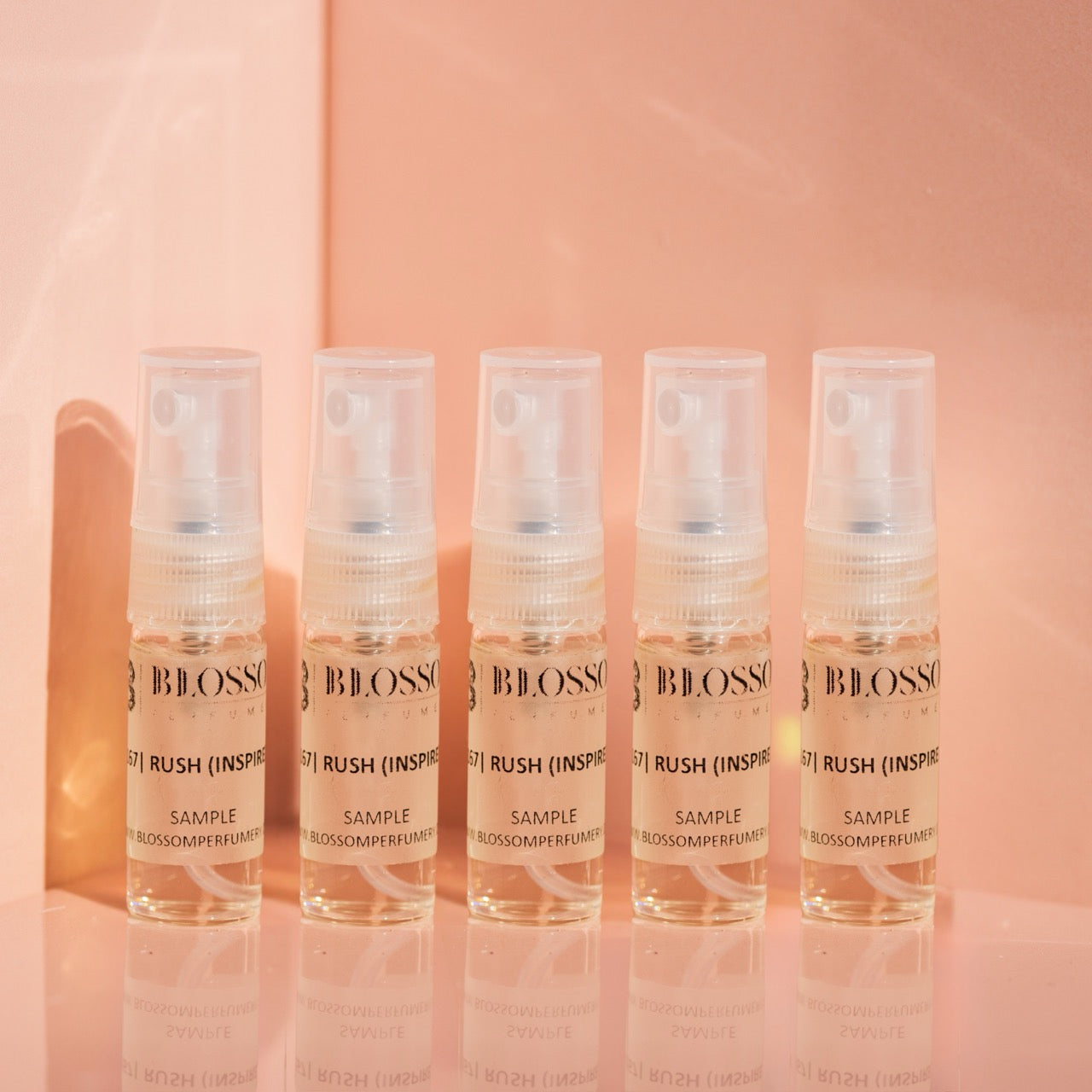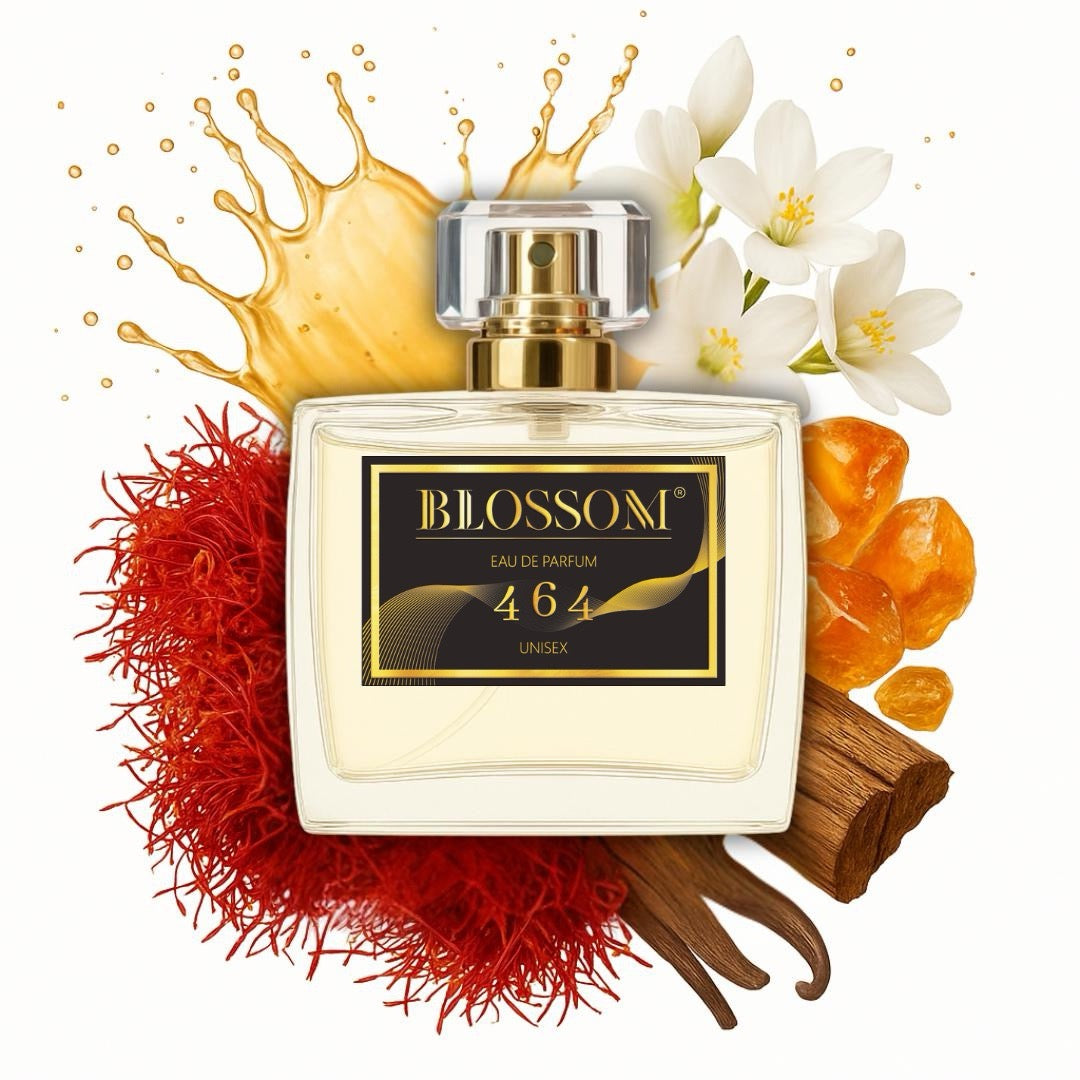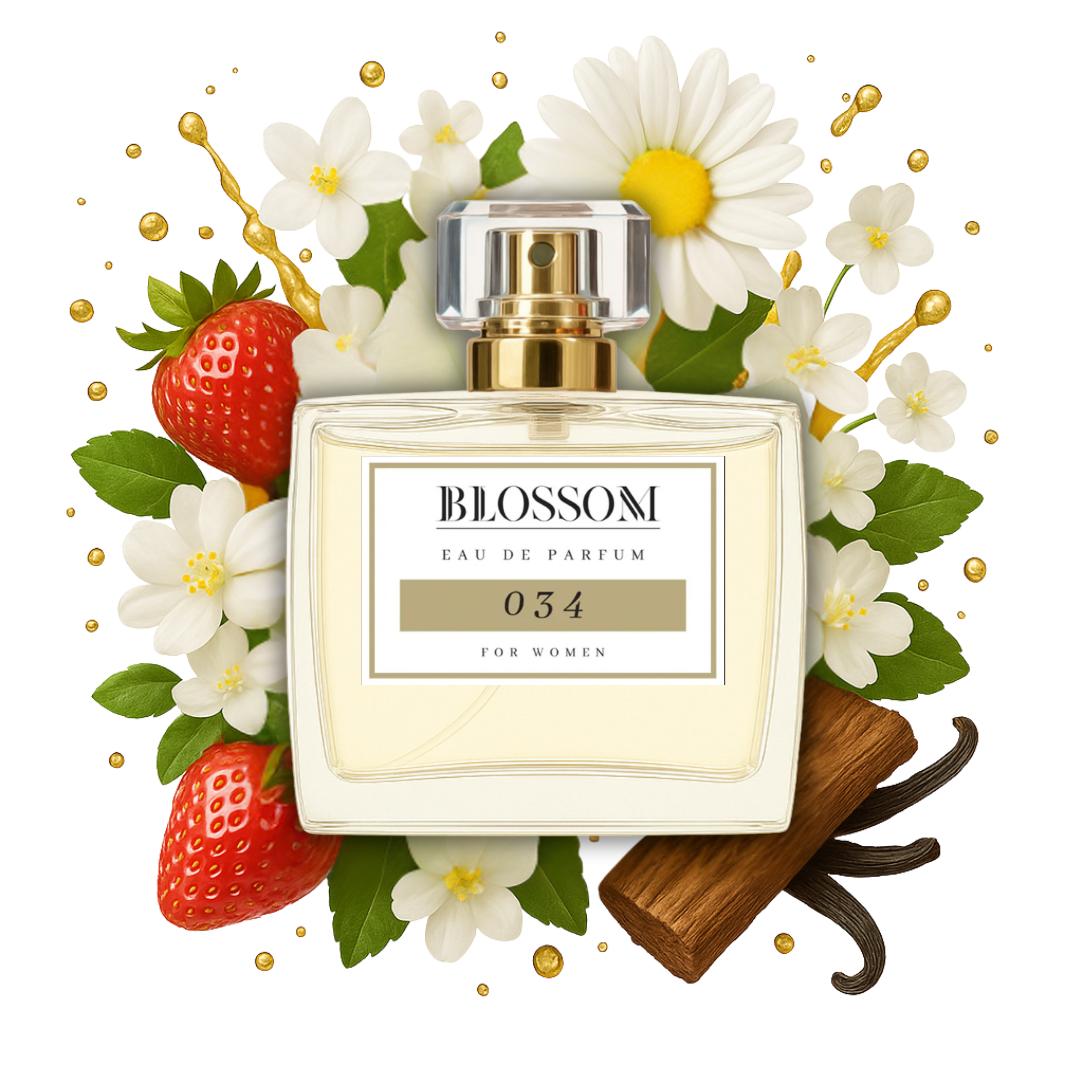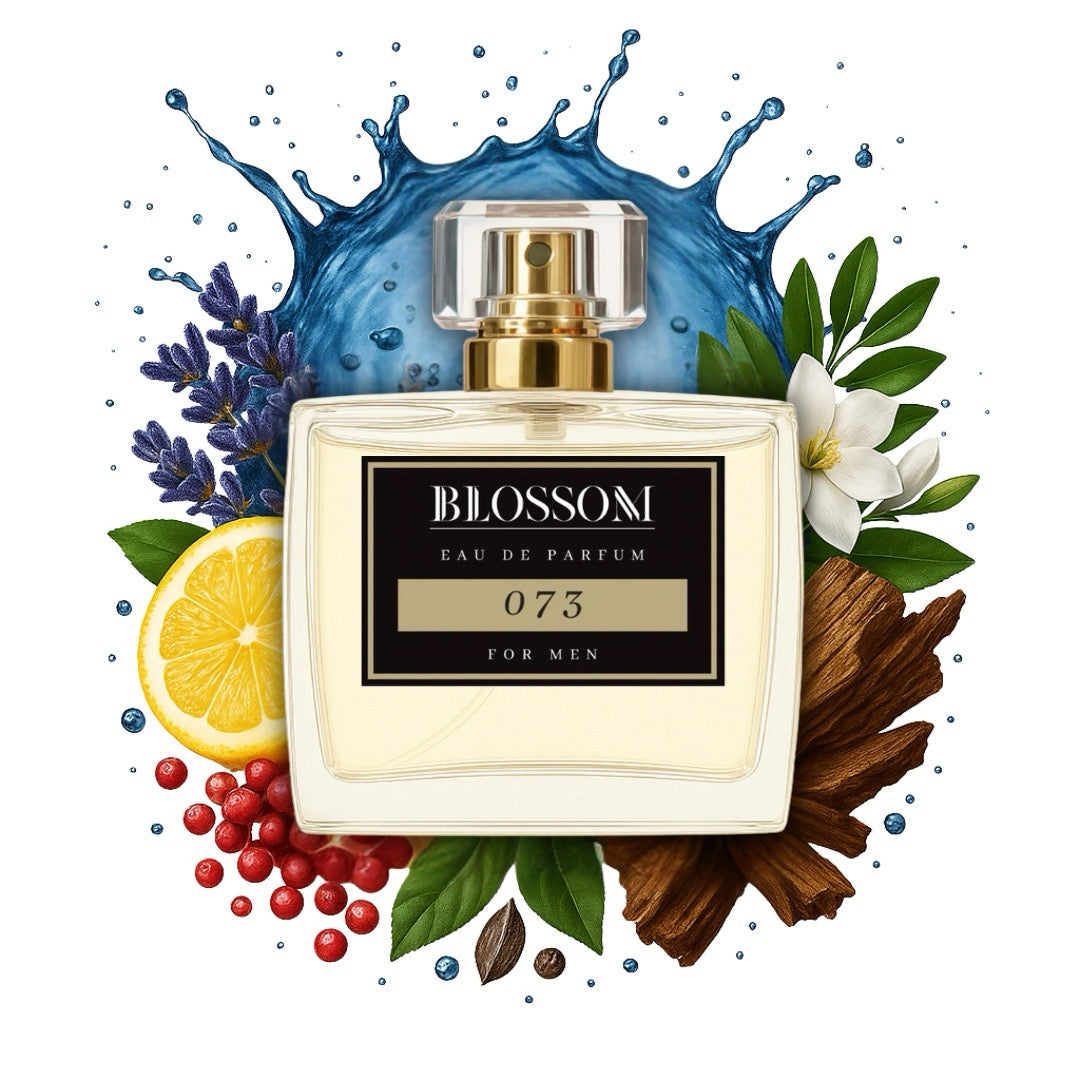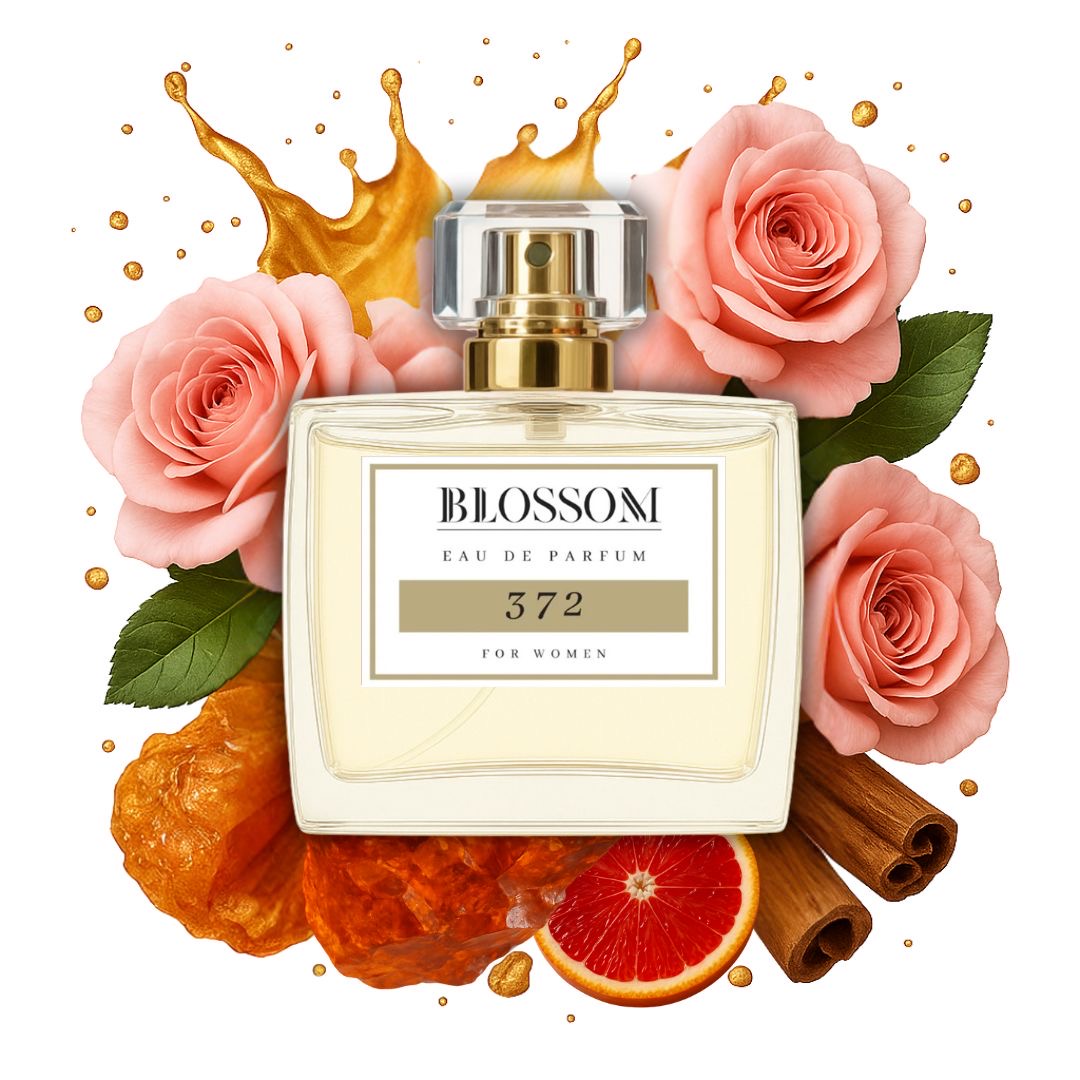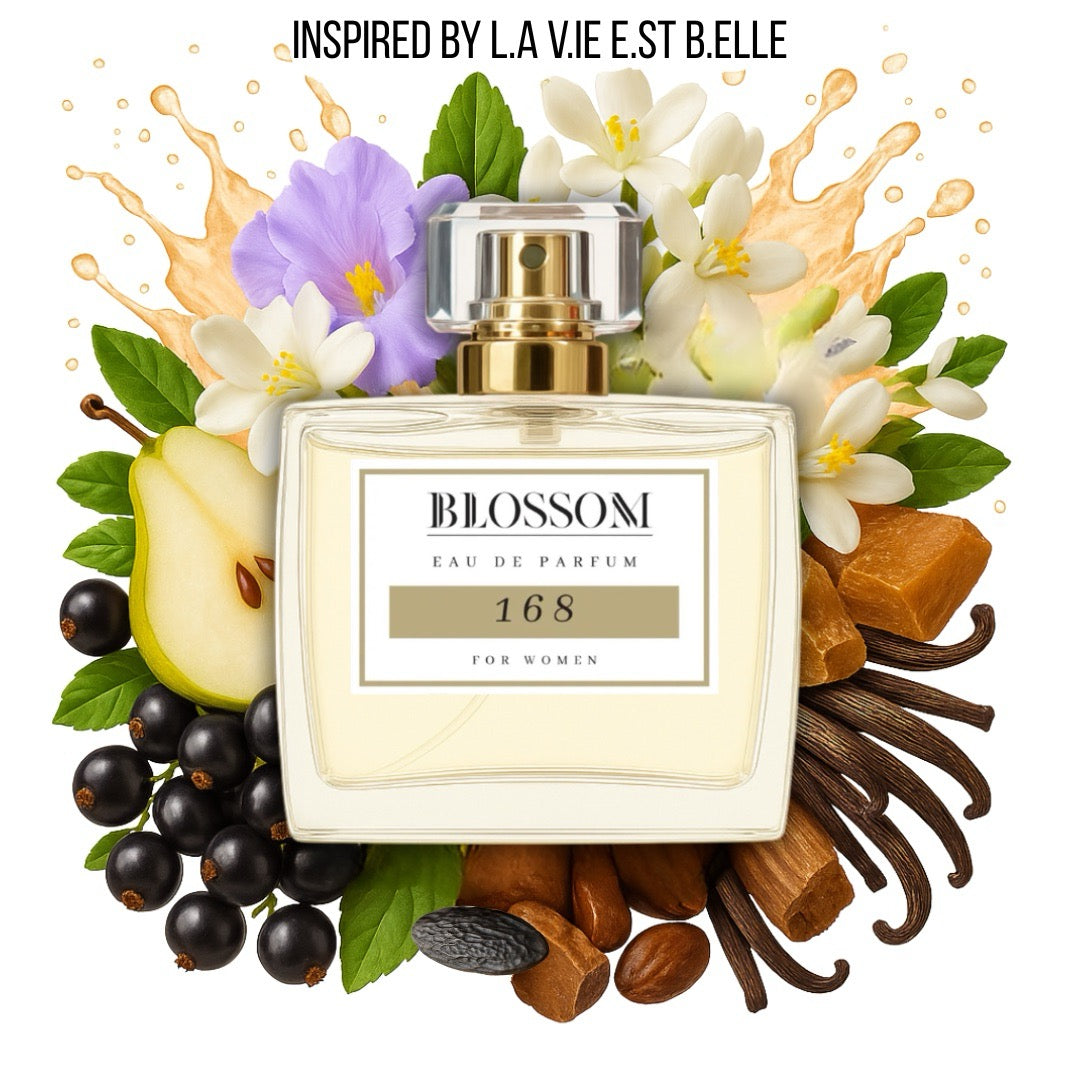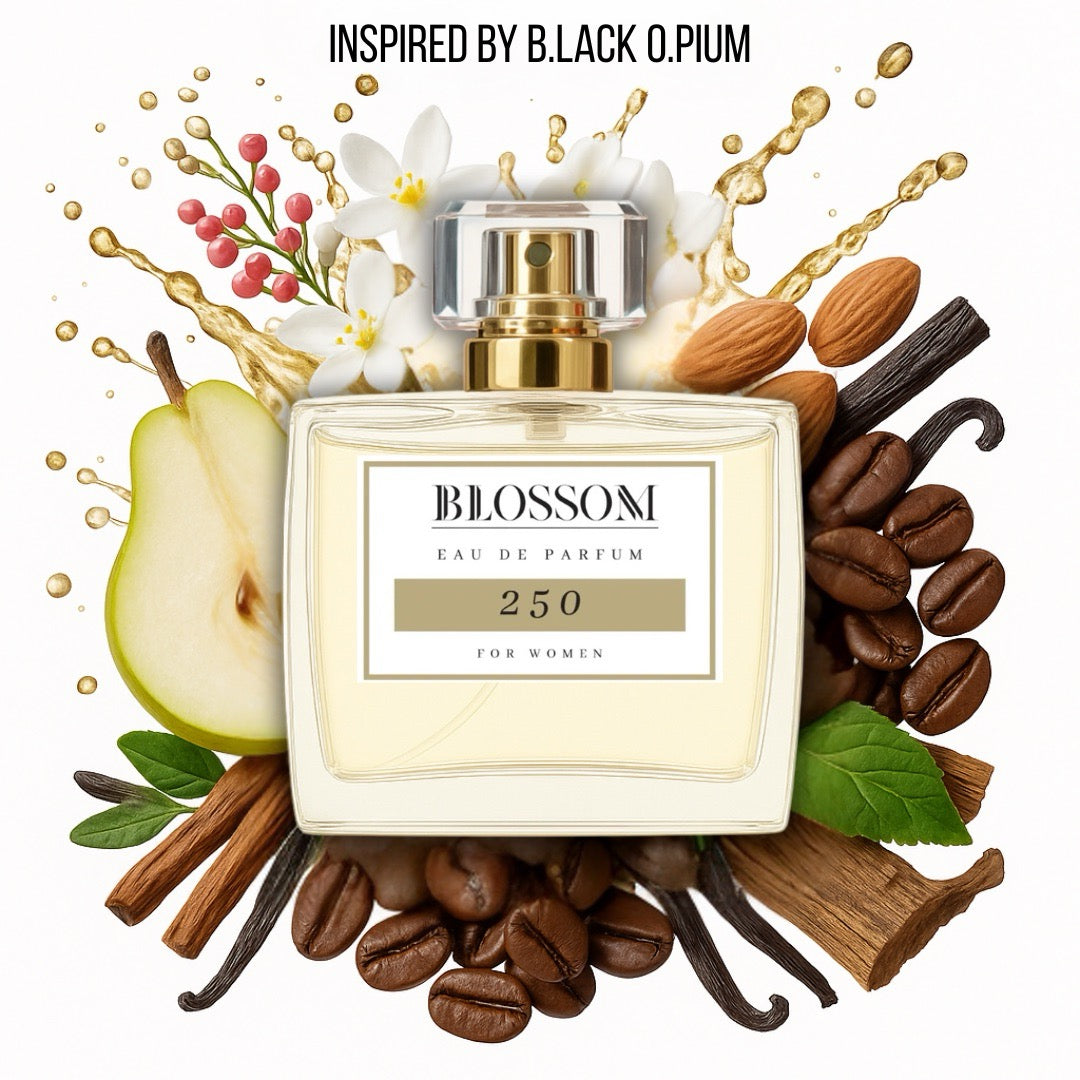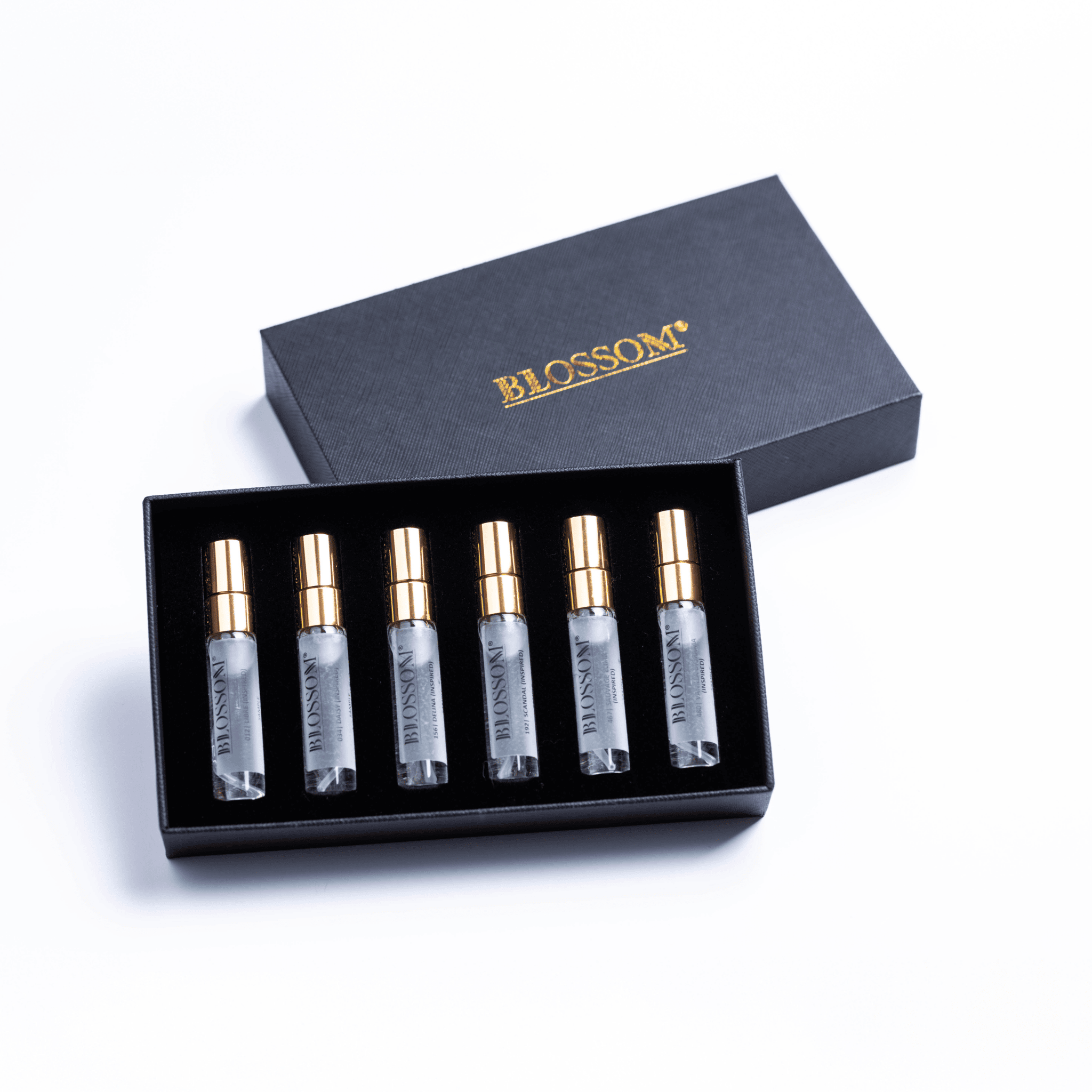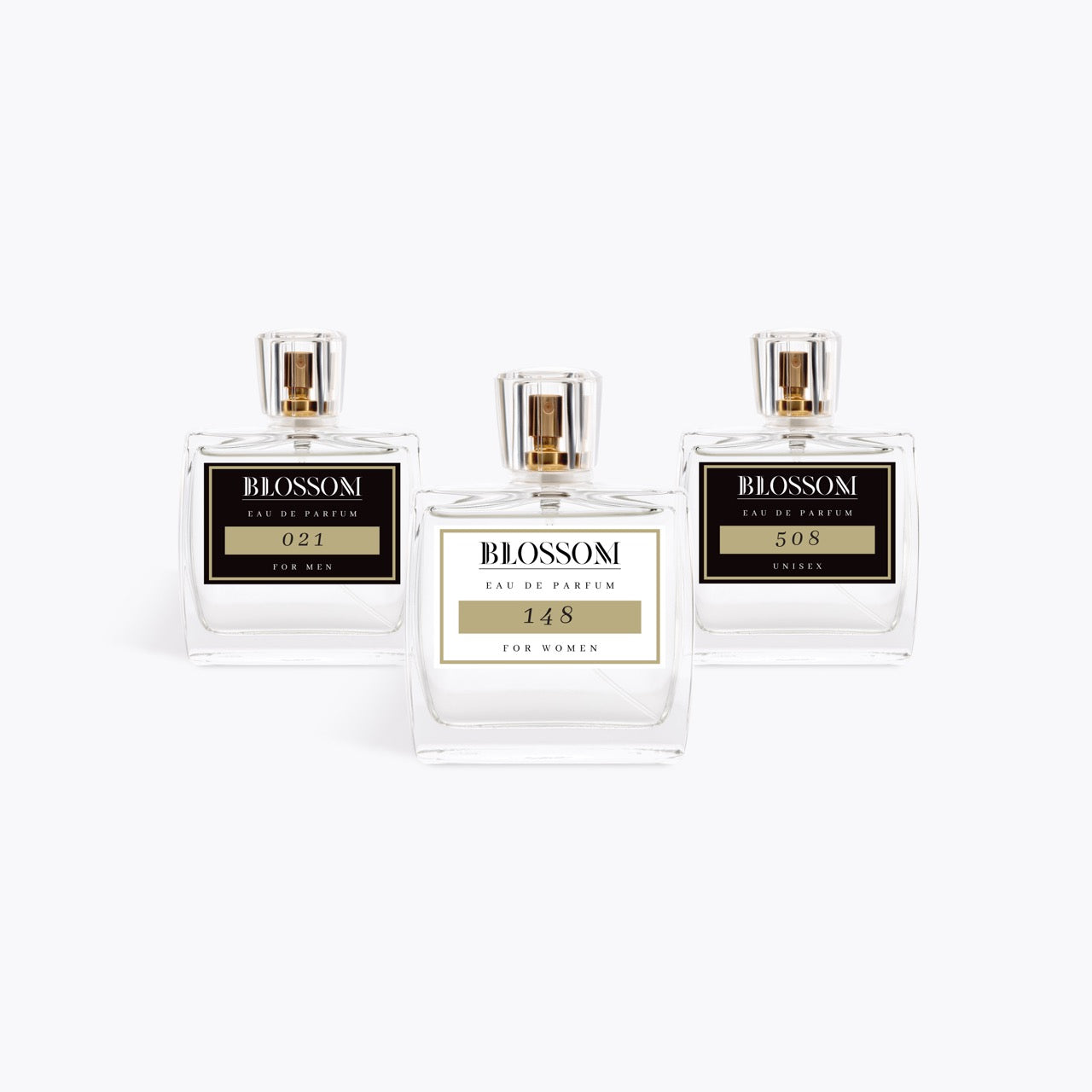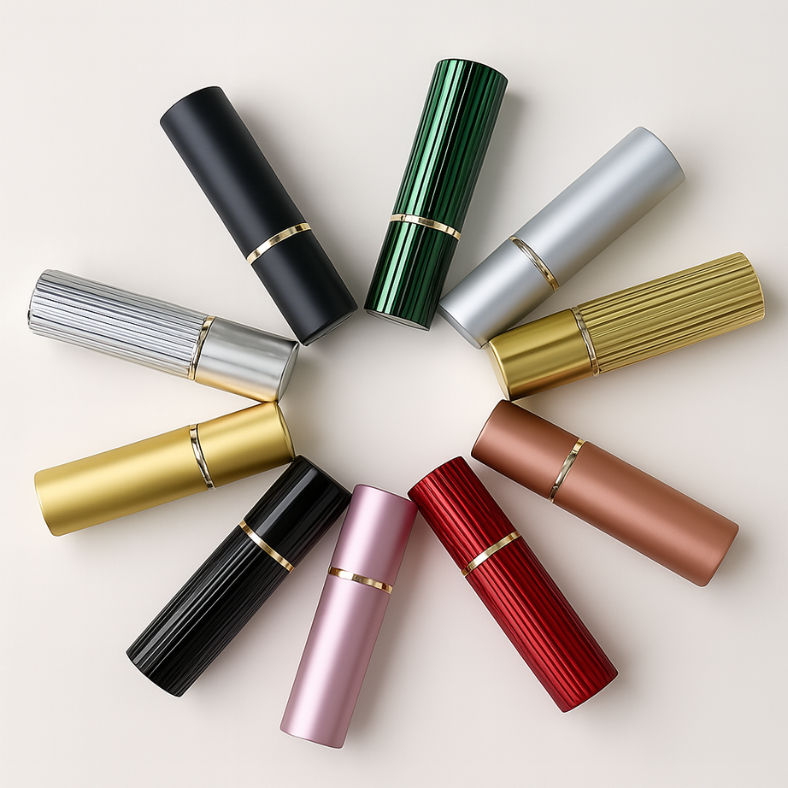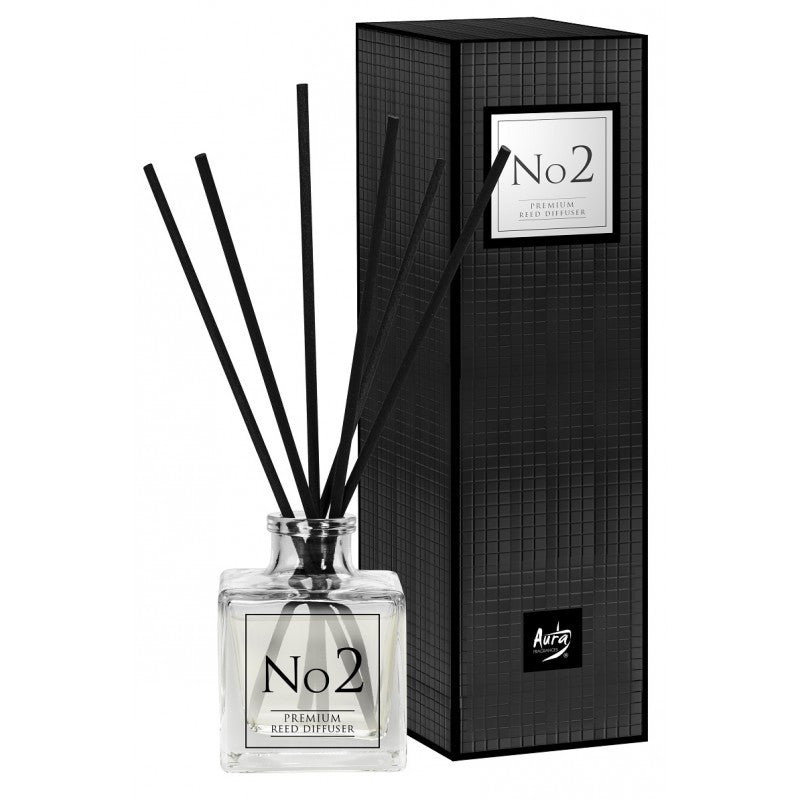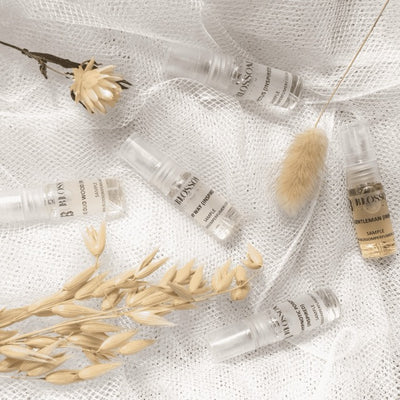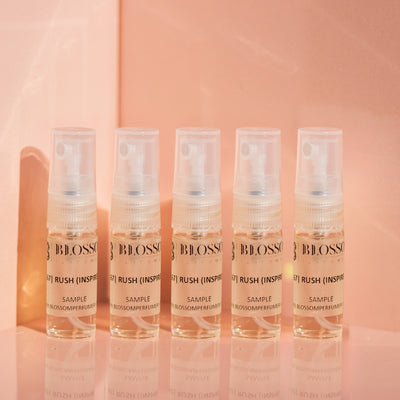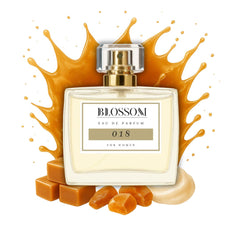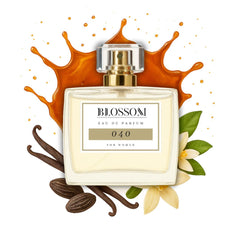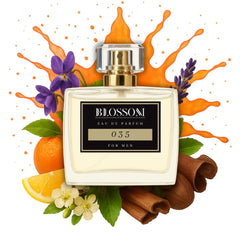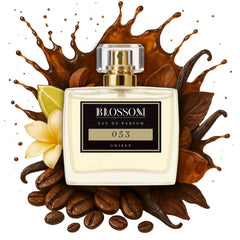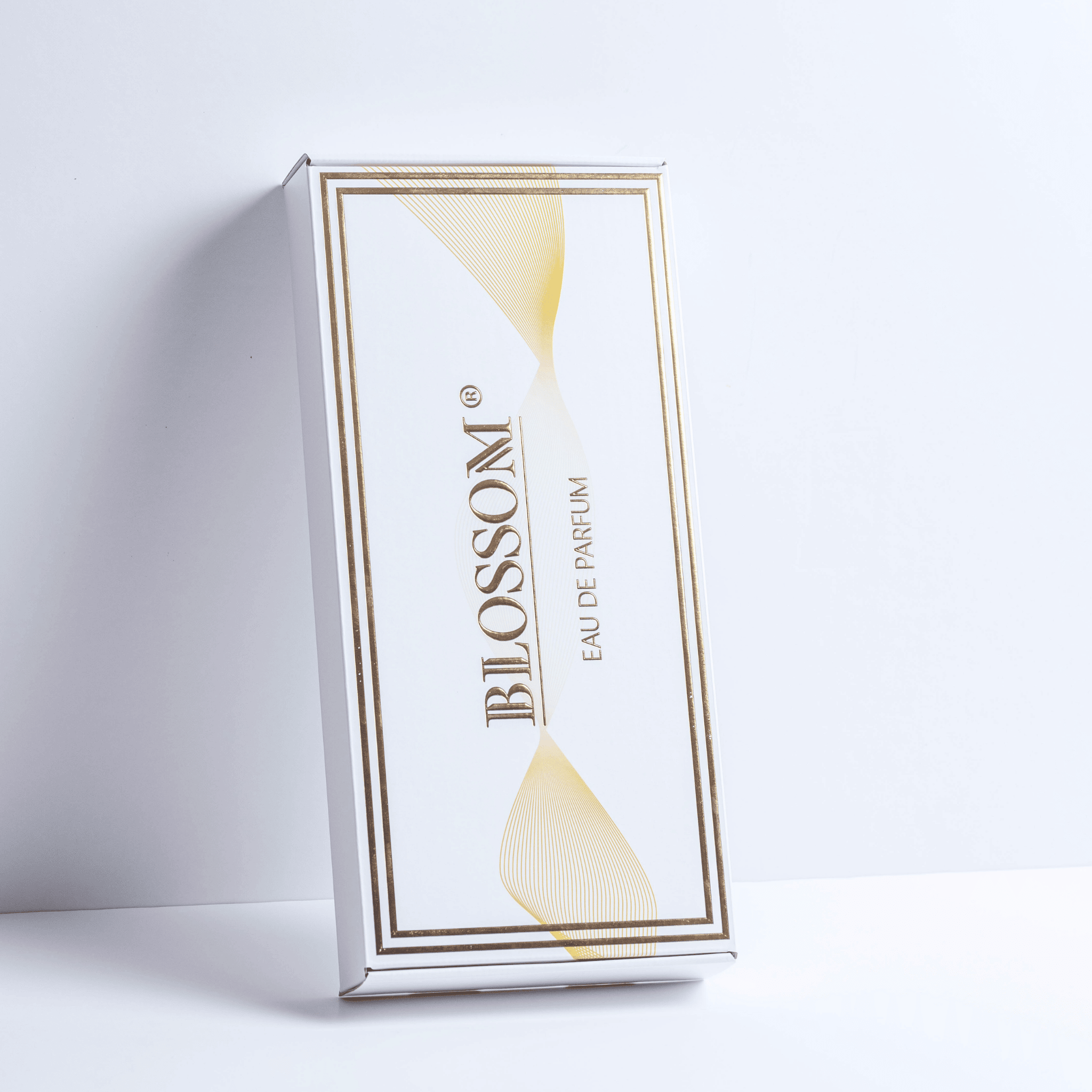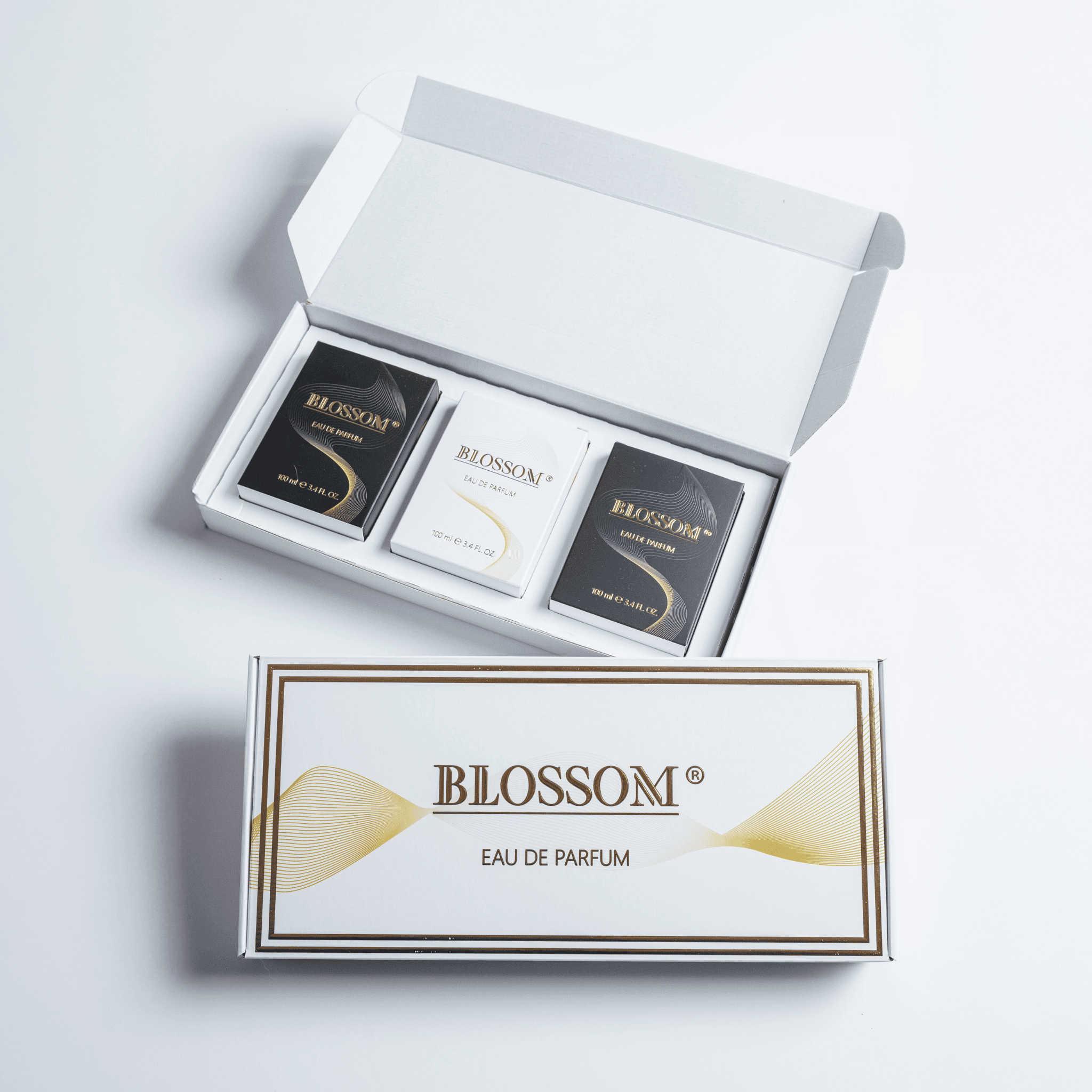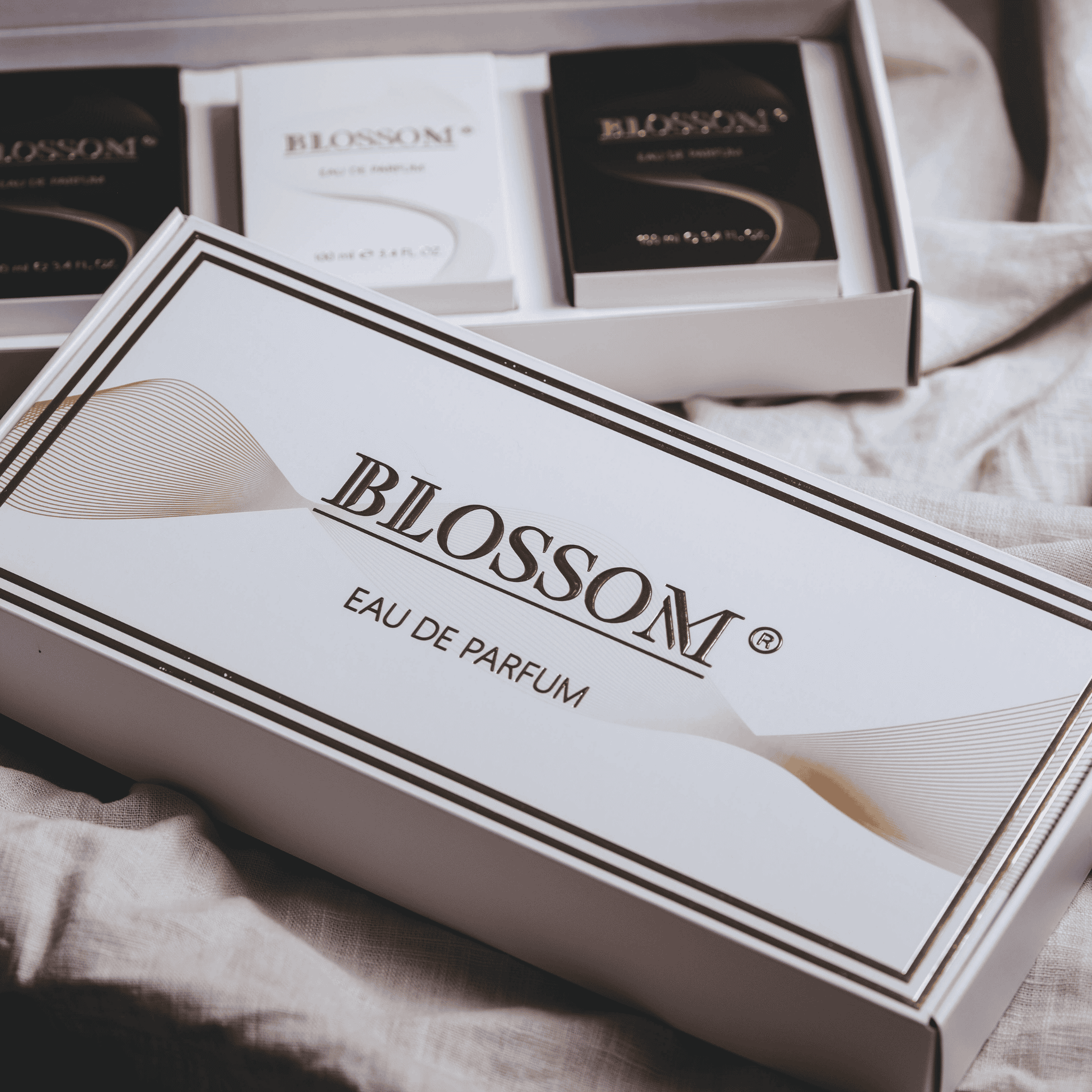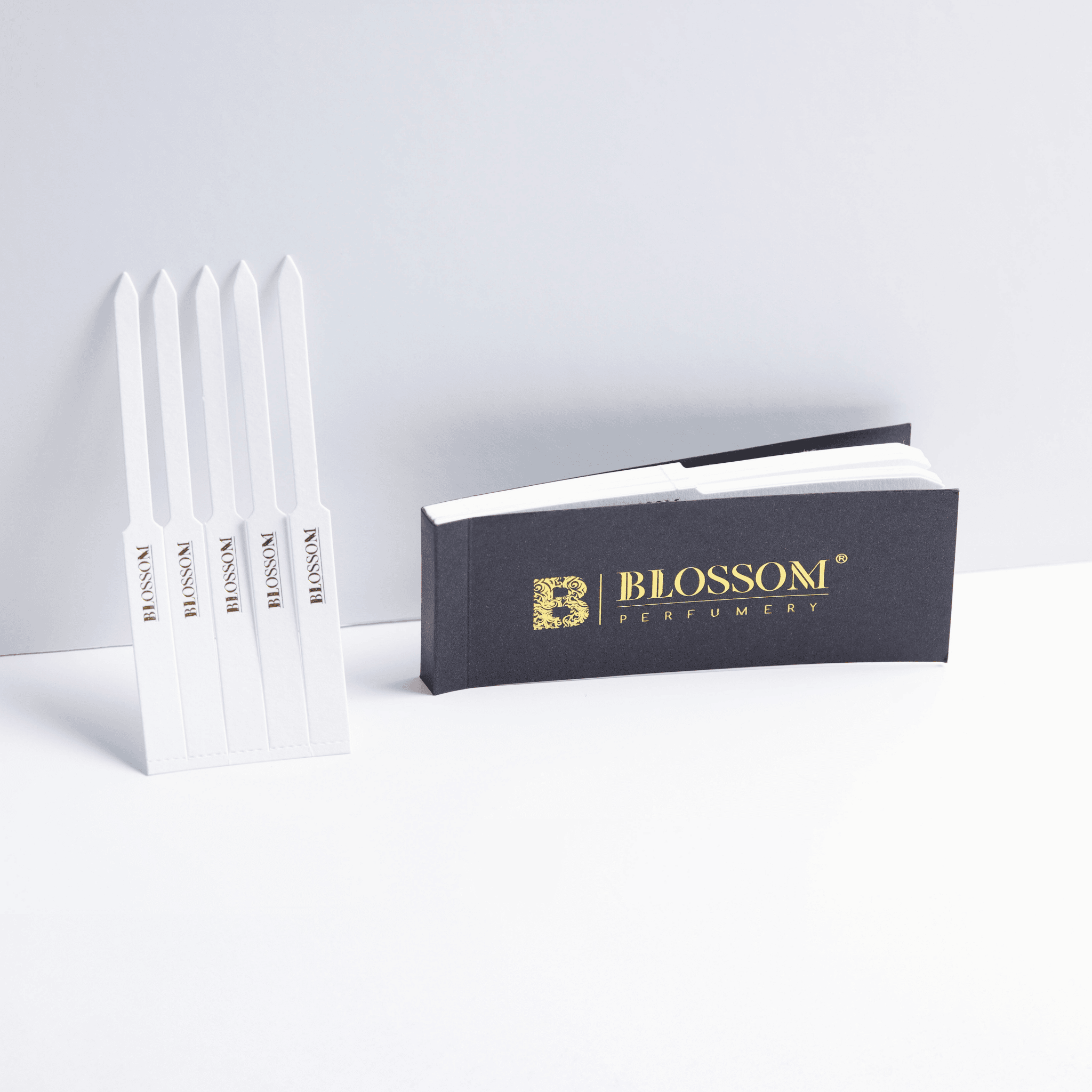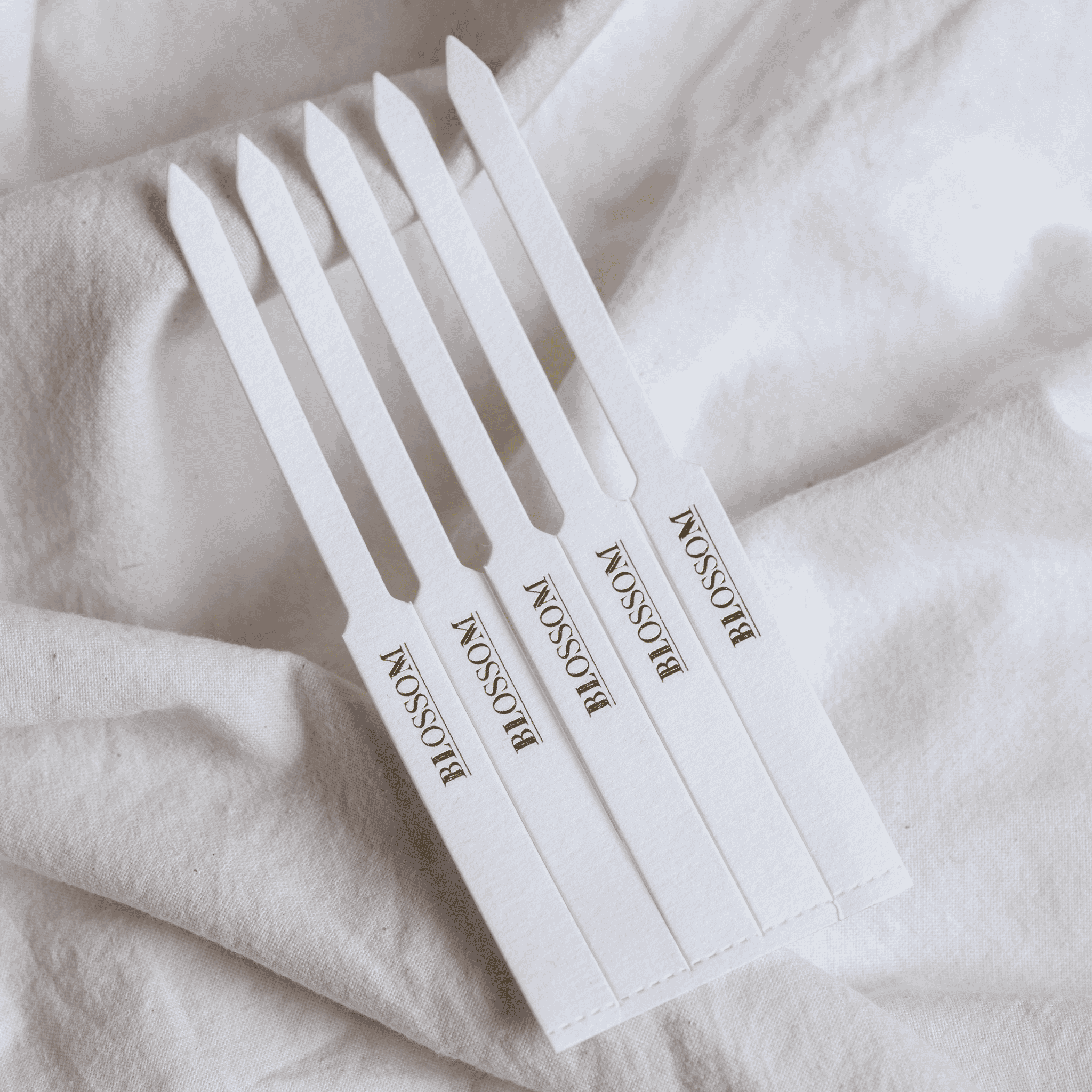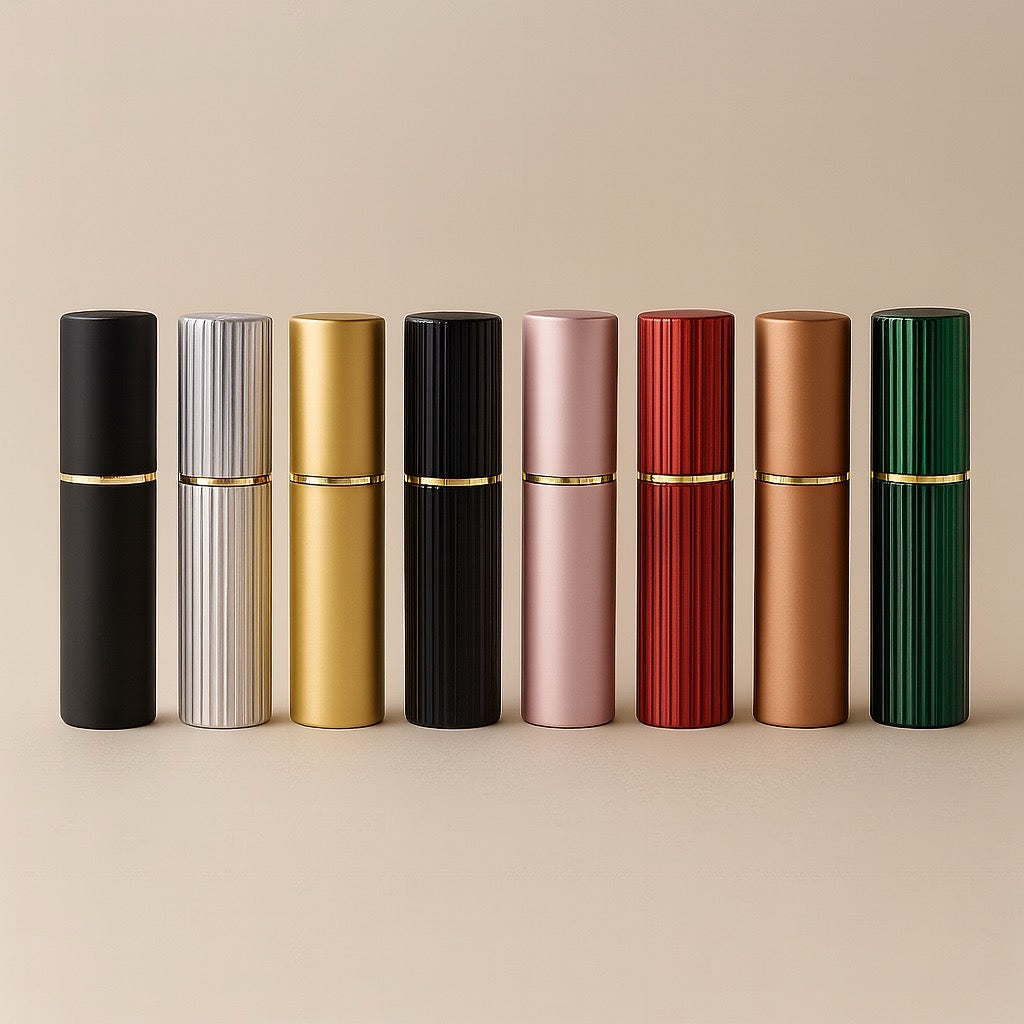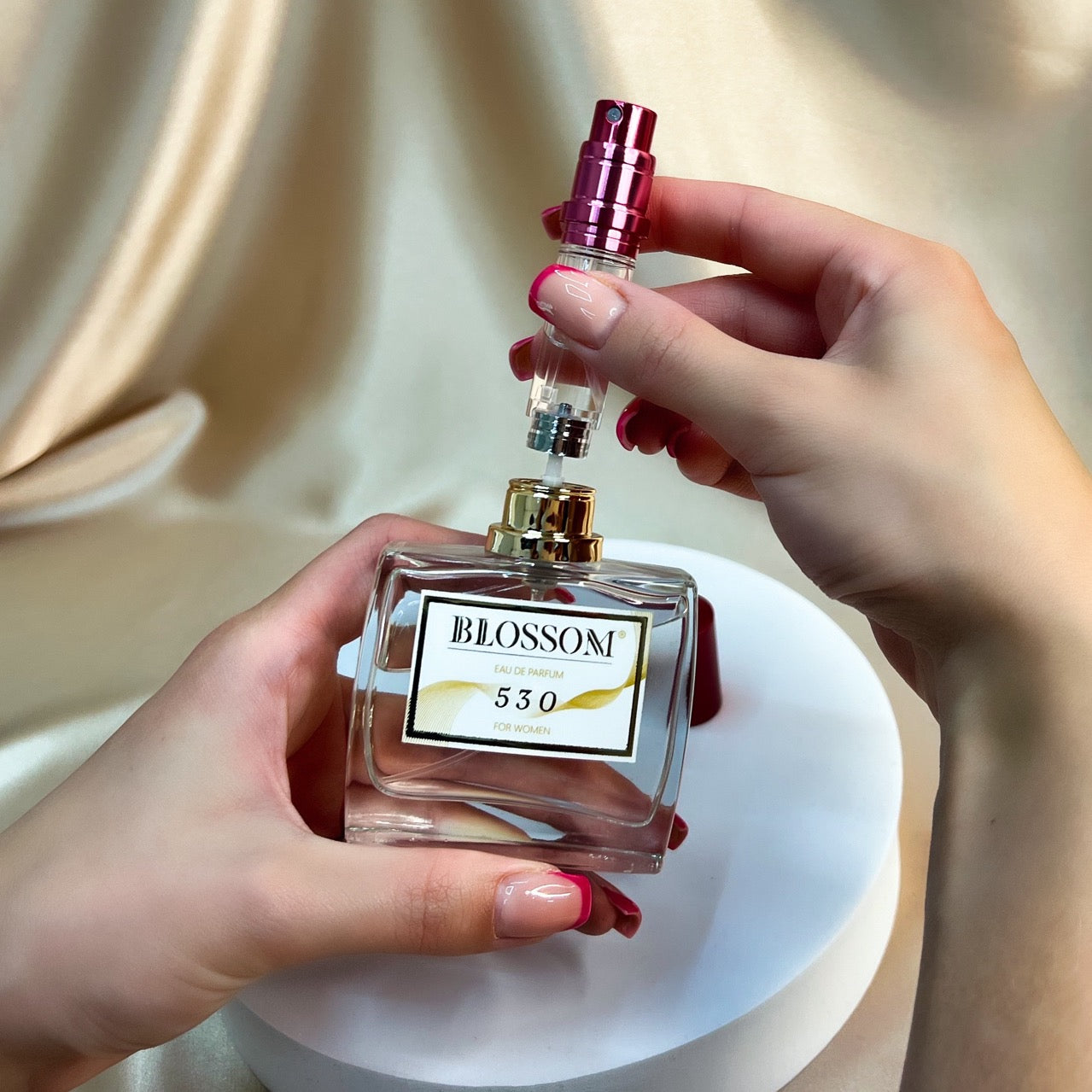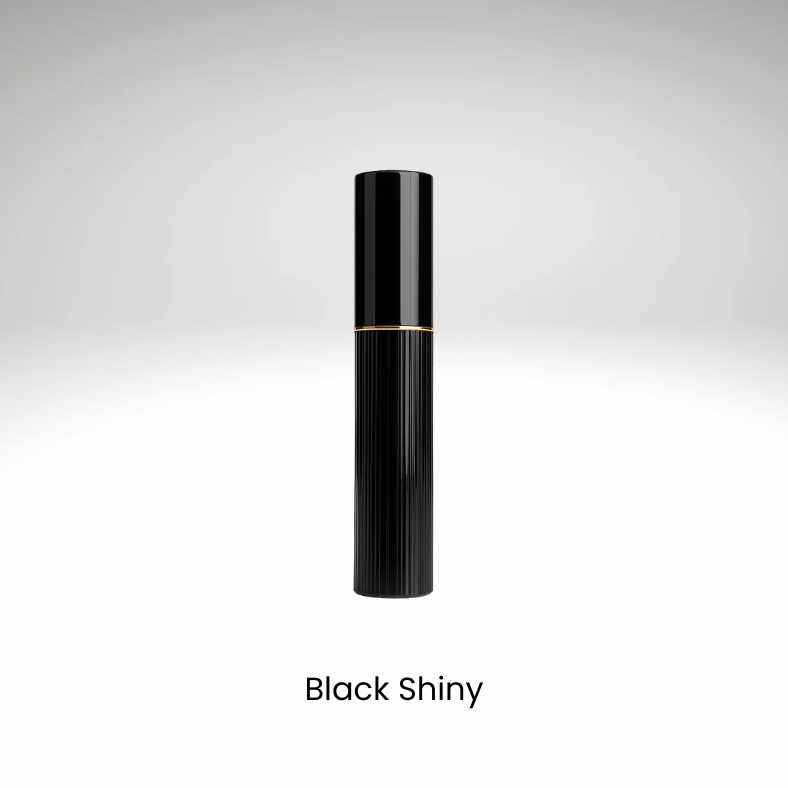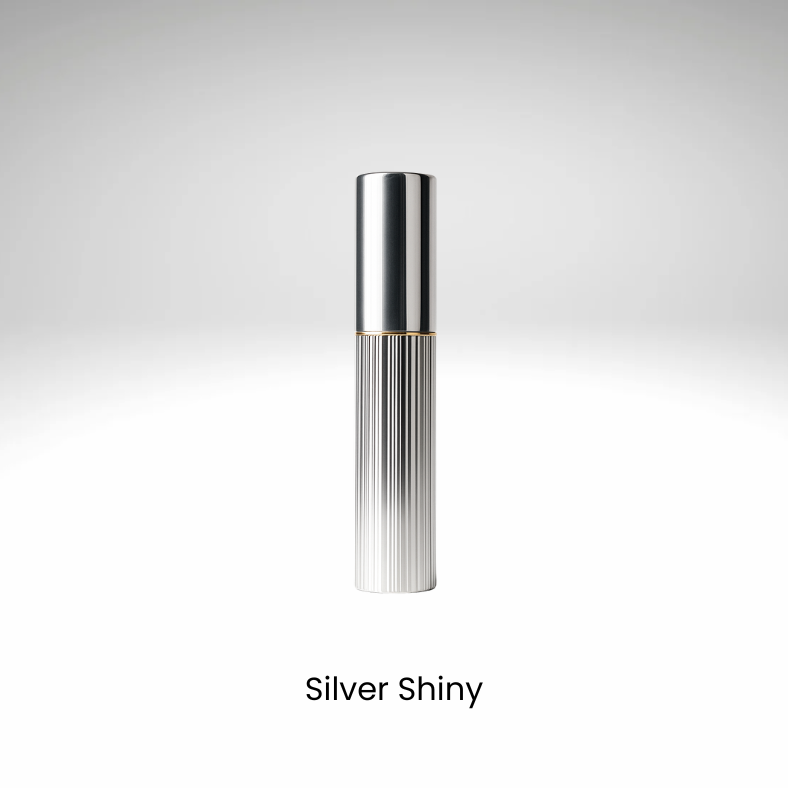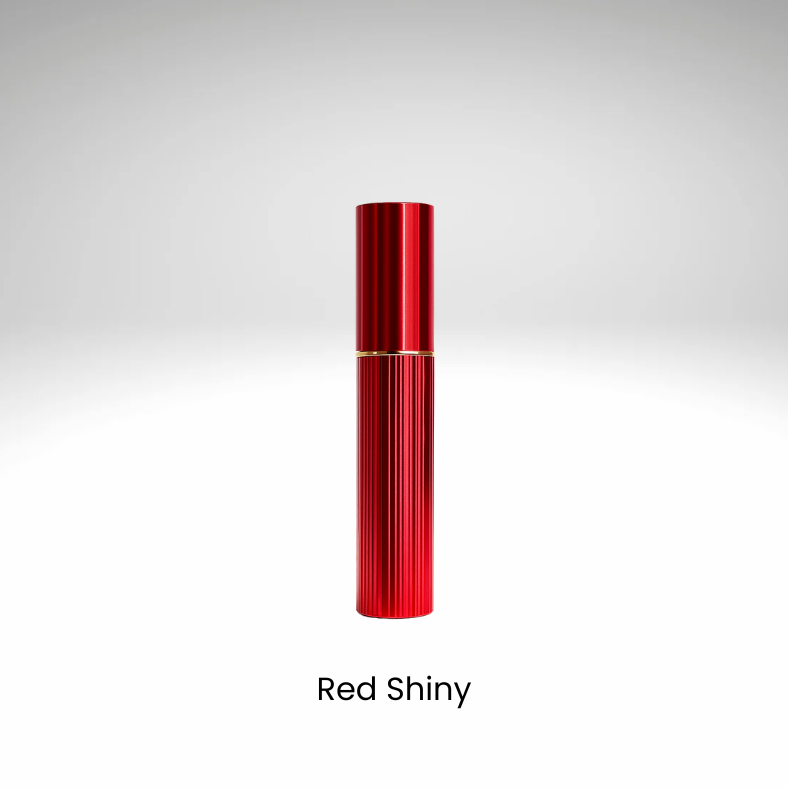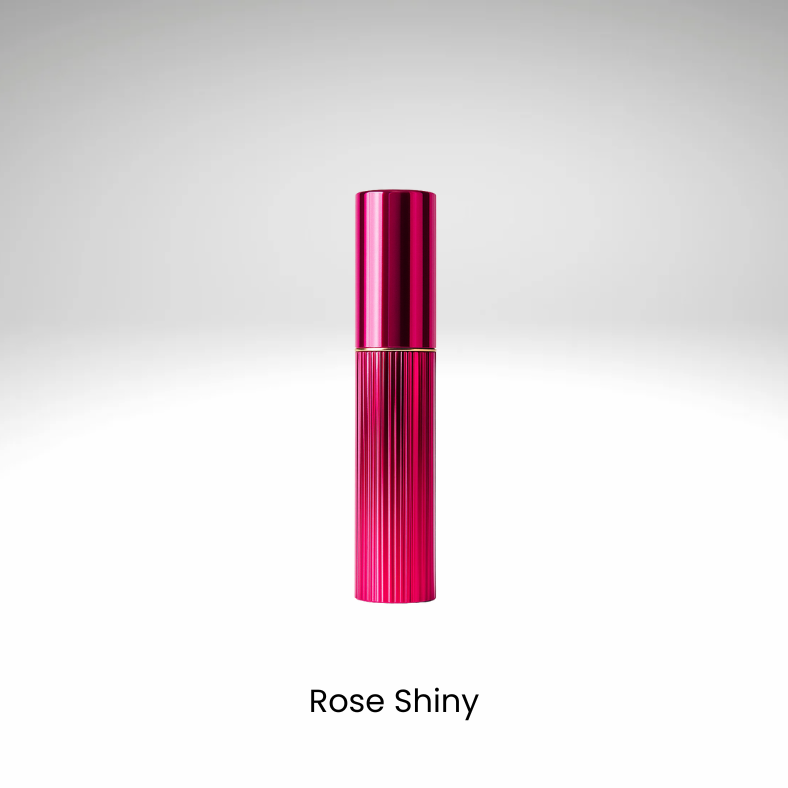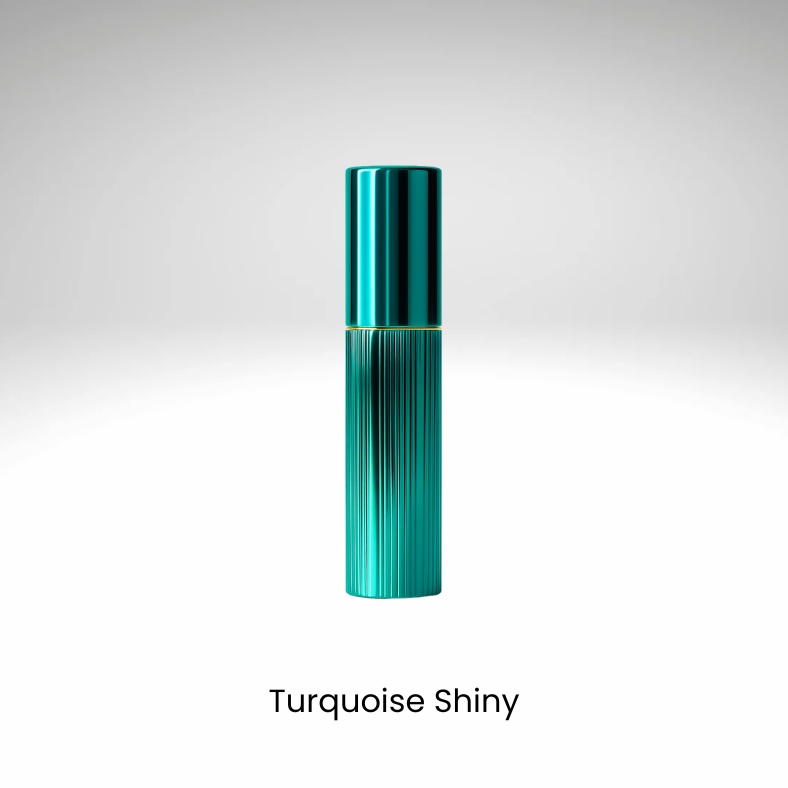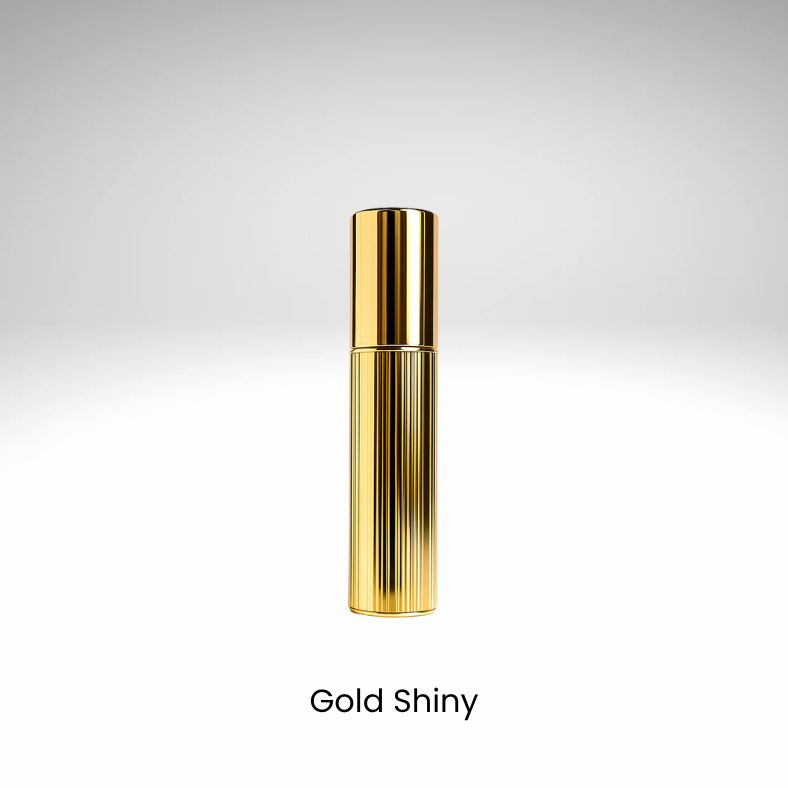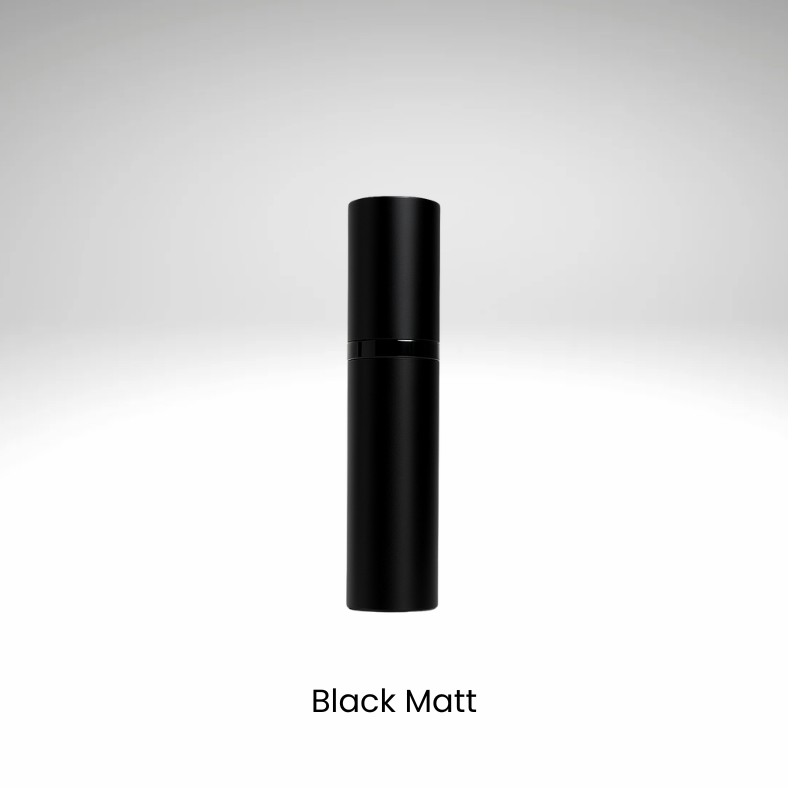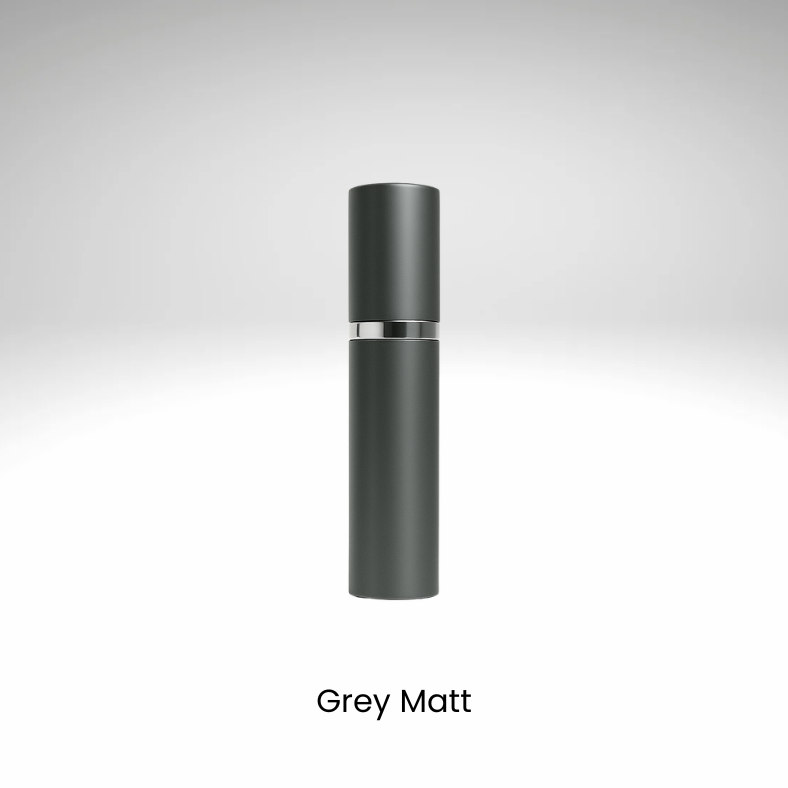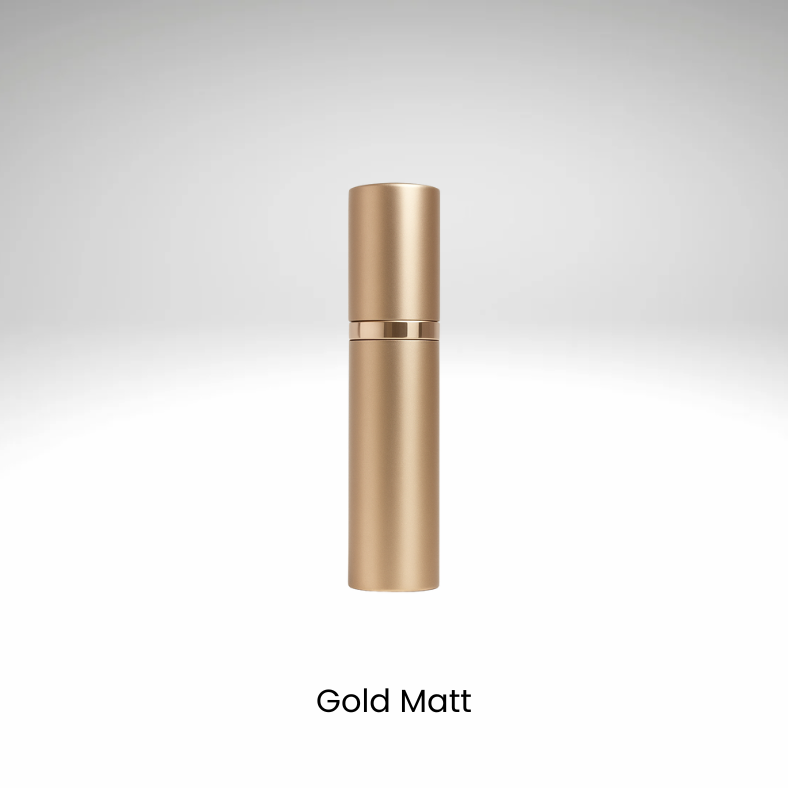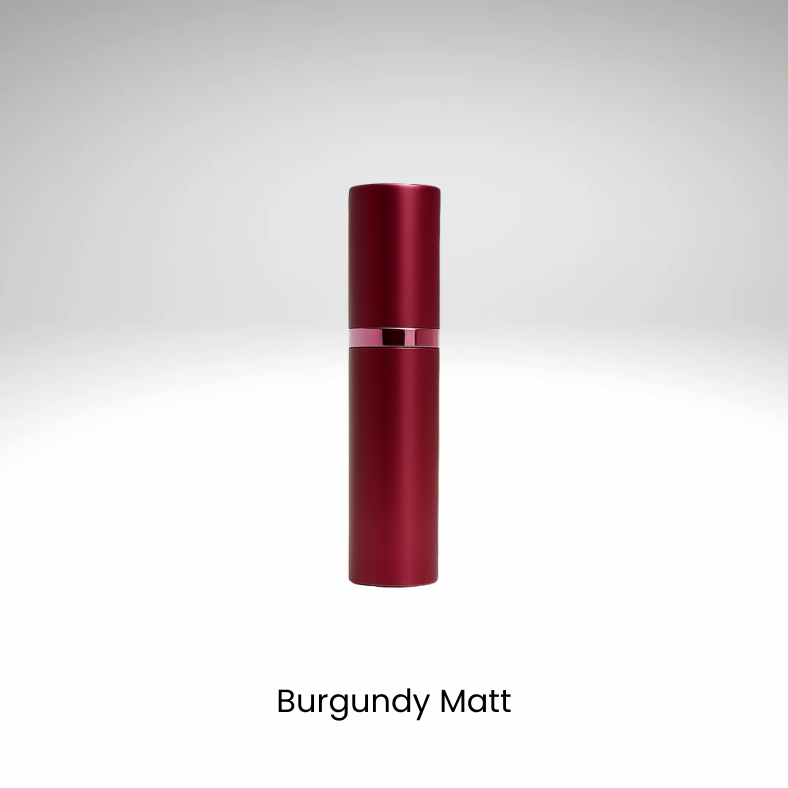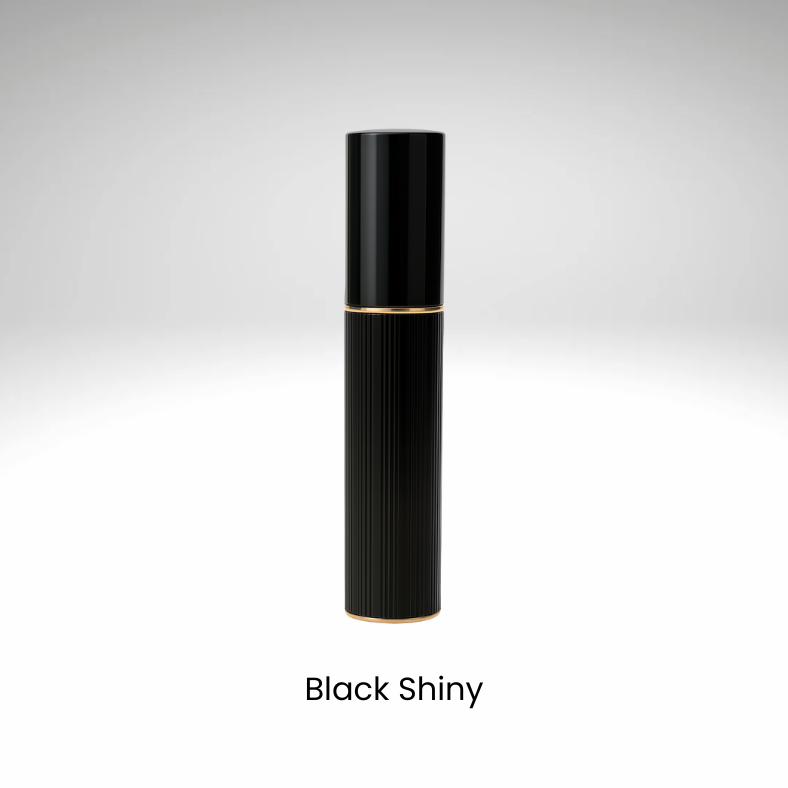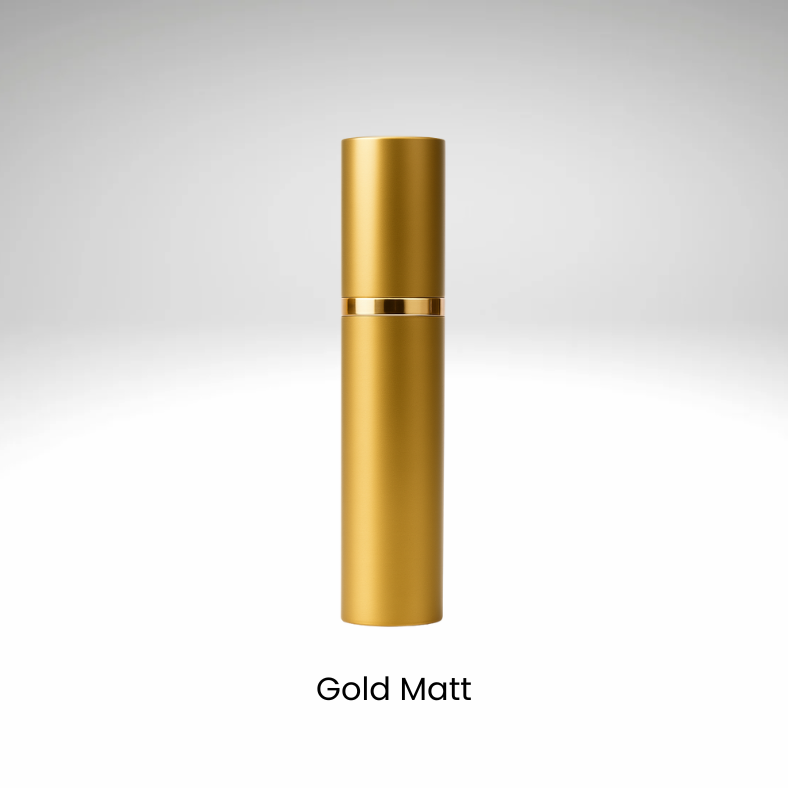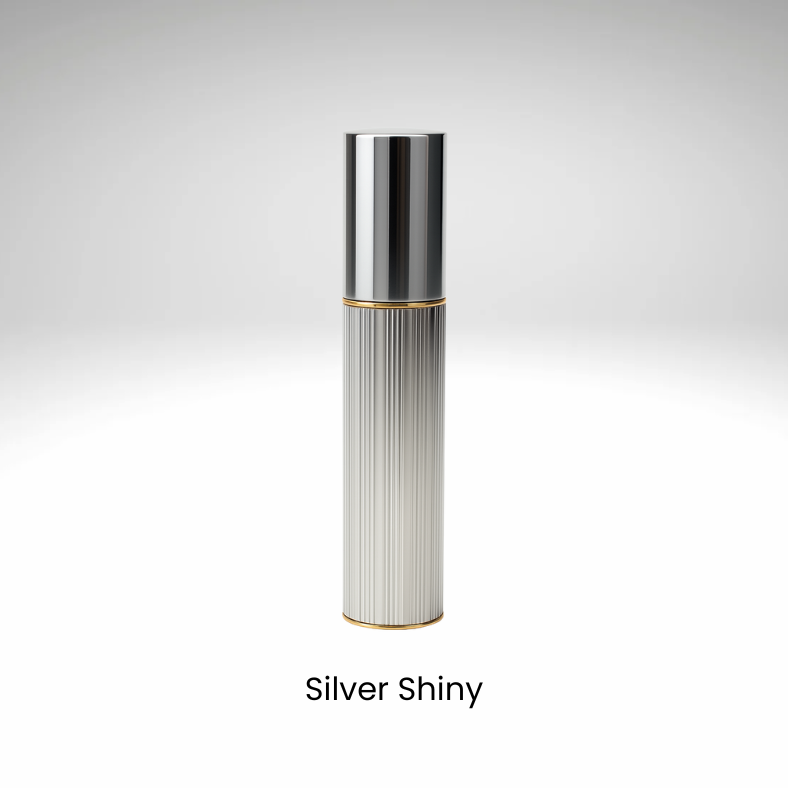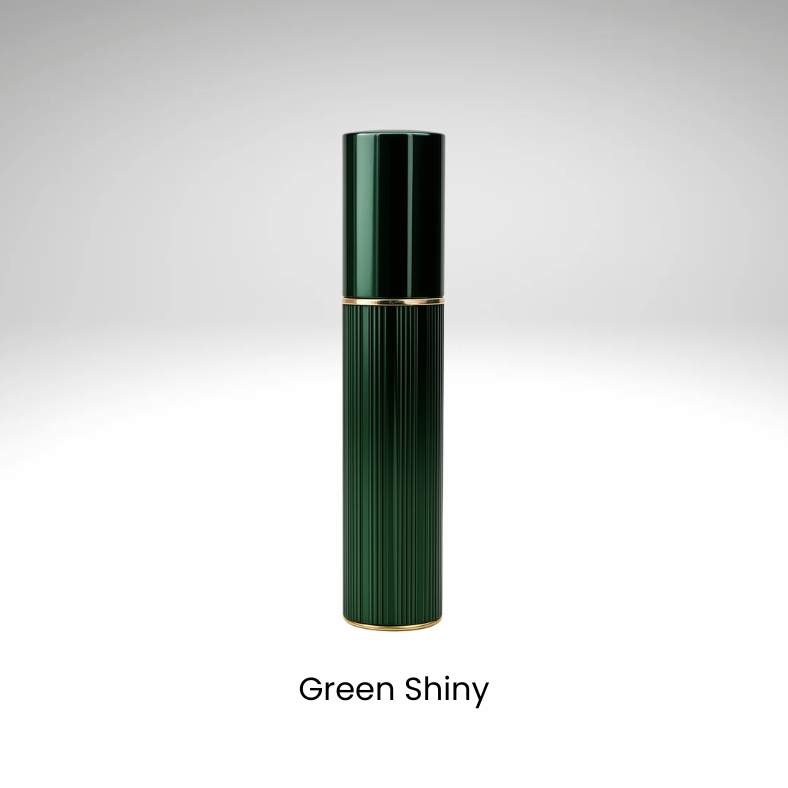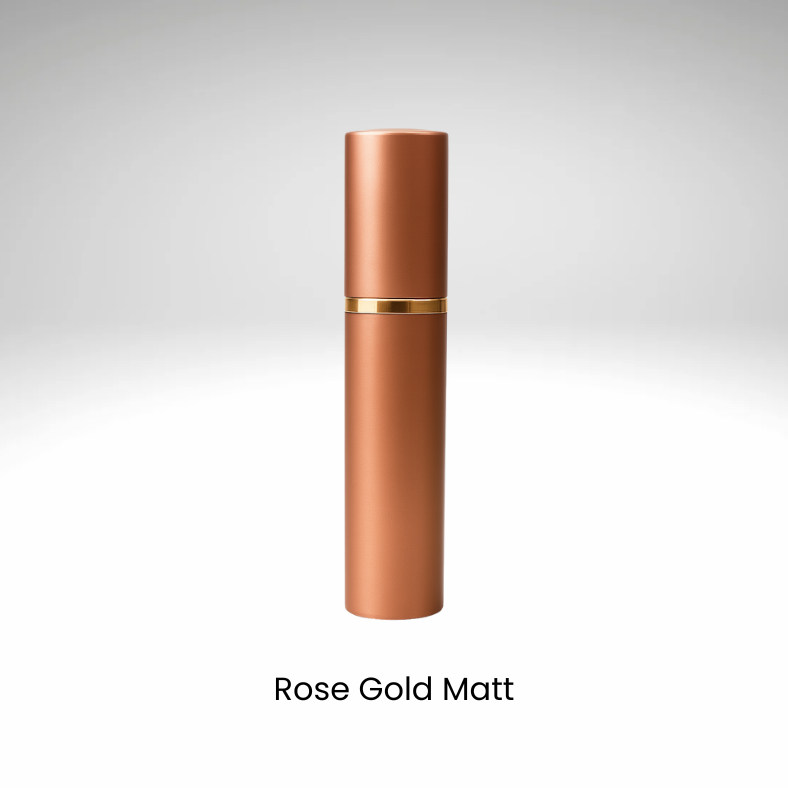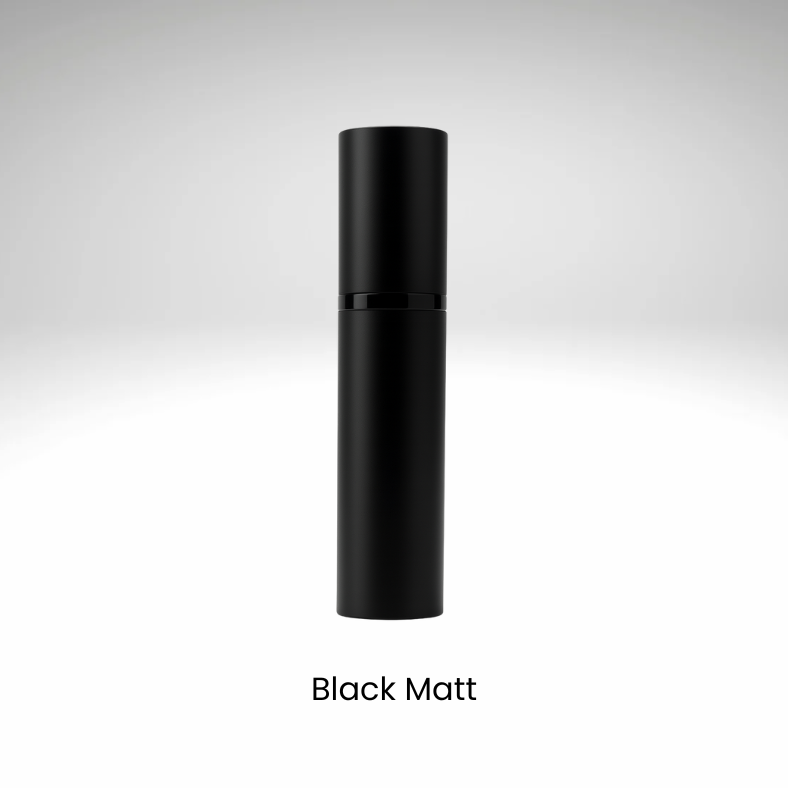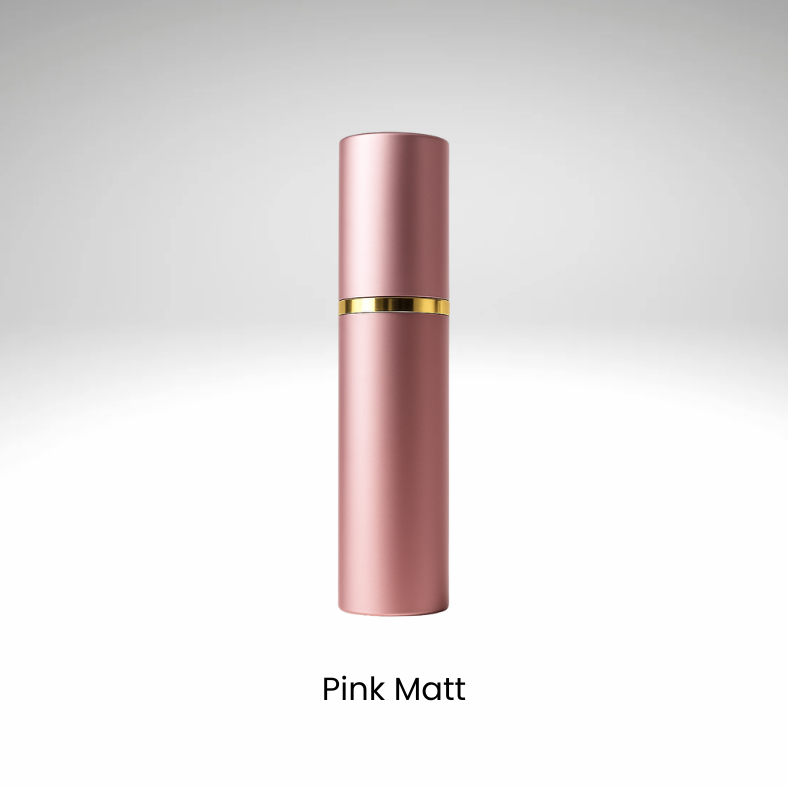Have you ever wondered why your favourite perfume smells different throughout the day? The secret lies in the fascinating world of perfume notes. These are the individual scents that come together to create a fragrance, each playing its own part in the olfactory symphony. From the initial burst of aroma when you first apply it, to the lingering scent that stays with you for hours, understanding these notes can enhance your appreciation of perfumes. Let's dive into this aromatic journey and explore how top, heart, and base notes work together to craft the perfect scent experience.
Understanding Perfume Notes
Perfume notes are the building blocks of any fragrance, forming a complex tapestry of scents that unfold over time. These notes are categorized into three main types: top, heart, and base notes. Each type plays a distinct role in shaping the overall scent profile and experience. The concept of aroma notes is essential in creating diverse perfume scents, as they determine how a fragrance evolves from the moment it's applied to the lingering scent that remains hours later.
Understanding perfume notes is crucial for anyone looking to explore the world of fragrances. These notes contribute significantly to the overall scent profile by interacting with each other to create a harmonious blend. Here's how they work together:
- Top Notes: These are the initial scents you perceive upon application, often light and refreshing.
- Heart Notes: Emerging after the top notes fade, these form the core of the fragrance and define its character.
- Base Notes: The lasting impression that provides depth and longevity to the perfume.
The interplay between these layers ensures that each fragrance offers a unique olfactory journey, making it an integral part of personal expression and style.
The Three Levels of Perfume: Top, Heart, and Base Notes
Perfume is an intricate art, and understanding the three levels of perfume notes—top, heart, and base—is essential for anyone looking to appreciate the full spectrum of a fragrance. Each level plays a unique role in the development of a scent over time. Top notes, often referred to as the opening or head notes, are the first impression of a fragrance. They are typically composed of lighter molecules that evaporate quickly, offering an immediate burst of aroma. Common ingredients include citrus and fruity scents, which provide a fresh and invigorating introduction. As these top notes fade, they pave the way for the heart notes.
The heart notes, also known as middle notes, form the core of the fragrance and emerge once the top notes dissipate. These notes are crucial in defining the character and longevity of a perfume. They often consist of floral (how botanicals enhance your favorite fragrances), spicy, or fruity elements that blend harmoniously to create a balanced scent profile. Heart notes can make up a significant portion of the fragrance's overall composition, ensuring that it maintains its allure for hours. Finally, we have the base notes, which are richer and heavier. These notes linger longest on your skin, providing depth and staying power to the fragrance. Typical base note ingredients include woody, balsamic, and musky scents that leave a lasting impression long after application.
Top Notes: The First Impression
When you first apply a fragrance, it's the top notes that greet your senses. These initial aromas are often described as the fragrance's first impression, setting the stage for the entire olfactory experience. Top notes are typically composed of lighter and more volatile molecules, which means they evaporate quickly but leave a lasting impact on how we perceive the scent. This fleeting nature makes them crucial in capturing attention and sparking interest right from the start.
Common ingredients found in top notes include refreshing citrus elements and vibrant fruity scents. These components are chosen for their ability to create an immediate sense of freshness and vitality. Some popular top note ingredients include:
- Citrus: Lemon, bergamot, and grapefruit provide a zesty opening.
- Fruity: Notes like apple, peach, and berries add a sweet and inviting touch.
These lively aromas not only draw you in but also set the tone for the heart and base notes that follow, ensuring a well-rounded fragrance journey.
Check: How to build a fragrance wardrobe: essential scents for every season.
Heart Notes: The Core of the Fragrance
Heart notes, often referred to as the middle notes, are the essence of any fragrance. They emerge gracefully once the initial burst of top notes dissipates, revealing the true character and depth of the perfume. These notes are pivotal in shaping a fragrance's identity and longevity, acting as the bridge between the fleeting top notes and the enduring base notes. Typically, heart notes make up a significant portion of a fragrance's composition, often comprising 40-80% of the overall scent profile. This makes them not only central but also crucial in defining how a perfume is perceived over time.
The ingredients that form heart notes are diverse and captivating, often including an array of florals, spices, and fruits. Floral heart notes might feature romantic roses or exotic jasmine, while spicy elements could include warming cinnamon or aromatic cardamom. Fruity heart notes add a sweet or tangy dimension with ingredients like ripe peach or juicy pear. These components work harmoniously to create a balanced and memorable scent experience. Here's a list of popular heart note ingredients:
- Florals: Rose, Jasmine, Ylang-Ylang
- Spices: Cinnamon, Cardamom, Nutmeg
- Fruits: Peach, Pear, Blackcurrant
The beauty of heart notes lies in their ability to linger on the skin for hours, offering a rich and evolving olfactory journey. They ensure that your chosen fragrance maintains its allure long after application, making them an indispensable part of any perfume composition.
Base Notes: The Lasting Impression
Base notes are the enduring essence of any fragrance, providing the lasting impression that remains on your skin long after the initial application. These notes are composed of richer and heavier ingredients, which give depth and staying power to a perfume. Unlike the fleeting top notes, base notes linger for hours, creating a lasting memory of the scent. They are often described as the soul of a fragrance, anchoring it with their profound and robust characteristics.
Typical base note ingredients include woody, balsamic, and musky scents, each contributing uniquely to the fragrance's final profile. Here are some common base note components:
- Woody Scents: Ingredients like sandalwood and cedarwood provide a warm and earthy foundation.
- Balsamic Scents: Notes such as vanilla and amber add a sweet, resinous quality.
- Musky Scents: Musk offers a sensual and animalistic touch that enhances longevity.
The interplay of these elements ensures that the fragrance evolves beautifully over time, leaving a memorable trail that captivates those around you. When selecting a perfume, consider how these base notes resonate with your personal style and the statement you wish to make.
Finding the right perfume a bit tricky? Discover your perfect match with us.
Types of Perfume Scents and Their Strengths
Perfumes are crafted into various scent families, each offering a unique olfactory experience. These families include floral, oriental, woody, and fresh scents, among others. Understanding these categories can help you choose a fragrance that aligns with your personal style and the occasion. For instance, floral perfumes often feature heart notes of rose or jasmine, making them ideal for romantic settings. On the other hand, woody fragrances, with their rich base notes like sandalwood or cedar, provide a more grounded and enduring aroma suitable for evening wear.
The strength and longevity of a perfume are significantly influenced by its concentration. Perfumes come in various concentrations such as Eau de Parfum (EDP), Eau de Toilette (EDT), and Eau de Cologne. Each has a different percentage of aromatic compounds:
- Eau de Parfum (EDP): Contains 15-20% aromatic compounds, offering a long-lasting scent perfect for all-day wear.
- Eau de Toilette (EDT): With 5-15% aromatic compounds, it provides a lighter scent ideal for casual or daytime use.
- Eau de Cologne: The lightest concentration with 2-4% aromatic compounds, suitable for a refreshing burst of fragrance.
Choosing the right type involves considering both the scent family and concentration to match your lifestyle and preferences. Whether you prefer the subtlety of an Eau de Toilette or the intensity of an Eau de Parfum, understanding these elements ensures your fragrance complements your personality and setting.
Perfume notes are the essential elements that create the unique scent of a fragrance, unfolding in layers over time. These notes are divided into three categories: top, heart, and base notes. Each plays a significant role in shaping the fragrance's character and how it evolves from the initial application to the lingering aroma that remains hours later. Understanding these notes is vital for anyone interested in exploring perfumes, as they interact to form a harmonious blend that defines the overall scent profile.
The journey of a fragrance begins with the top notes, which offer an immediate burst of aroma and capture attention with their light and refreshing qualities. As these fade, heart notes emerge to reveal the core character of the perfume, often composed of floral, spicy, or fruity elements. Finally, base notes provide depth and longevity, leaving a lasting impression with their rich and heavier scents like woody or musky tones. This interplay ensures each fragrance offers a unique olfactory experience, making it an integral part of personal expression and style.
FAQ
What are the differences between Eau de Parfum, Eau de Toilette, and Eau de Cologne?
Eau de Parfum (EDP), Eau de Toilette (EDT), and Eau de Cologne differ mainly in their concentration of aromatic compounds. EDP contains 15-20% aromatic compounds, making it long-lasting and suitable for all-day wear. EDT has a lighter concentration of 5-15%, ideal for casual or daytime use. Eau de Cologne is the lightest, with only 2-4% aromatic compounds, offering a refreshing burst of fragrance.
How can I make my perfume last longer throughout the day?
To extend the longevity of your perfume, apply it to pulse points like wrists, neck, and behind the ears where the skin is warmer. Moisturising your skin before application can also help lock in the scent. Additionally, storing your perfume in a cool, dark place preserves its quality over time.
Can I layer different perfumes to create a unique scent?
Yes, layering perfumes can create a personalised fragrance. Start with lighter scents as a base and layer with more intense ones. Experimenting with different combinations allows you to craft a scent that reflects your personality.
Why do some perfumes smell different on different people?
The way a perfume smells can vary based on individual body chemistry, including factors like skin type, diet, and even hormones. These elements interact with the fragrance notes, causing slight variations in how the scent develops on each person.
Are there specific perfumes recommended for different seasons?
Yes, certain fragrances are better suited for specific seasons. Light and fresh scents like citrus or aquatic notes are ideal for spring and summer, while richer, warmer scents such as woody or spicy notes work well in autumn and winter.
How should I choose a perfume that suits me best?
Selecting a perfume involves considering personal preferences and lifestyle. Think about which scent families you gravitate towards—floral, woody, oriental—and test perfumes on your skin to see how they develop over time. It's also helpful to consider when and where you'll be wearing the fragrance.
What is the best way to store my perfumes?
Perfumes should be stored in a cool, dark place away from direct sunlight and temperature fluctuations to maintain their quality. Keeping them in their original boxes or in a drawer can help preserve their scent profile over time.
Is it possible for perfumes to expire?
Yes, perfumes can expire. Over time, exposure to air and light can alter their composition and scent. Most perfumes have a shelf life of about three to five years if stored properly.
What should I do if I'm sensitive or allergic to certain fragrances?
If you're sensitive or allergic to certain fragrances, opt for hypoallergenic or natural perfumes that avoid common irritants. Testing new scents on a small patch of skin before full application can also help prevent adverse reactions.
Can men wear floral perfumes traditionally marketed towards women?
Absolutely! Fragrance is personal and not bound by gender norms. Men can enjoy floral scents just as women might appreciate traditionally masculine notes like woods or spices. The key is finding what makes you feel confident and comfortable.

